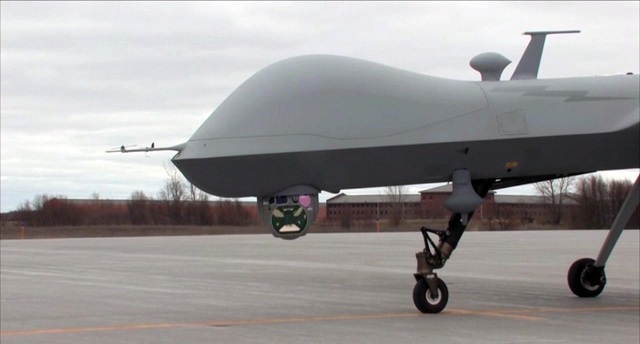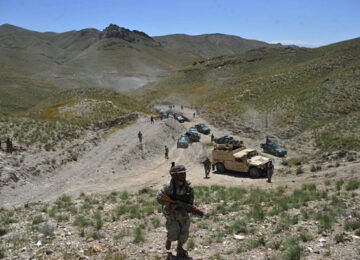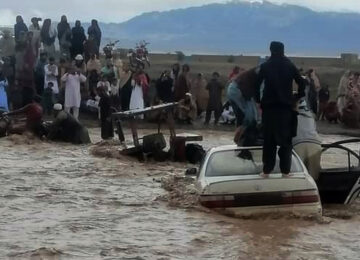The Bureau of Investigative Journalism was unable to obtain crucial monthly strike data from Resolute Support, the US-led Nato mission in Afghanistan, for the first time this year. This data is essential to hold the US to account.
This is a troubling reversal of previous moves towards transparency. It is particularly concerning as it comes at a time when the US air war in Afghanistan is escalating, with increasingly confusing official responses to allegations of civilian casualties, as recently reported by the Bureau.
A number of strikes were reported near the Afghan-Pakistan border, although it was unclear on what side of the border they fell.
Strikes continue in Somalia.
| Bureau data | Afghanistan | Yemen | Somalia | Pakistan |
| US strikes: | 10-11* | 14** | 2 | 0 |
| Total killed: | 31-59 | 70-75 | 0 | 0 |
| Civilians reported killed: | 0 | 0 | 0 | 0 |
**We entered seven extra strikes into our database to bring our figures to match the latest US ones. It is not clear whether these seven took place in October or in the second half of September. For more information on the strikes in each country, please click here.
Afghanistan
Resolute Support has failed to provide the Bureau with the monthly strike figures for October for the first time this year.
We began getting monthly strike totals in September 2016. These were broken down by strike types, which detailed the number of strikes carried out against Afghanistan’s branch of Islamic State and al Qaeda, for example.
It is not clear why the data has stopped. Resolute Support had said they would provide the figures on November 5 and again on November 8, but have failed to respond to more recent emails.
In July and August, we received a breakdown of US strikes in Afghanistan by province which offered an unusually detailed picture of how the air war was being conducted. However, that has since stopped with Resolute Support citing “capacity” issues.
US Air Force also publishes a monthly summary of its operations over Afghanistan. Its data showed that 751 weapons were dropped over the country in September, which marked a seven year high. However this proved to be nearly double the true figure when, three weeks later, the Air Force quietly published a corrected data set.
To see our Afghan dataset, click here.
Pakistan
A number of strikes were reported along the Afghan-Pakistan border in October, although there was some disagreement over which side of the border they fell.
Following reports of two possible strikes hitting on October 17, various news sites began to report the alleged deaths of two key commanders, but there was much confusion in the reporting.
To read more about these border strikes and the various reports surrounding them, click here.
To see our Pakistan dataset, click here.
Yemen
The US carried out its first strikes against Islamic State in Yemen in October.
Central Command said two strikes hit two of the group’s training camps in Bayda province on October 16, killing more than 50 fighters.
At the camps, the group “conducted endurance training and trained to conduct terror attacks with AK-47s, machine guns and rocket-propelled grenade launchers”, a Pentagon statement said.
On October 25, the US announced a further two strikes against Islamic State fighters in Bayda, which killed nine.
To see our Yemen dataset, click here.
Somalia
The US carried out two strikes against al Shabaab, one on October 2 and another on October 16.
The October 2 strike only came to light on November 17 following an email exchange with Africa Command. We received very little information on the strike, only that it hit in southern Somalia.
The second strike was reported to have hit the town of Bariire, although a US Africa Command spokesperson would not confirm this.
It targeted a convoy of al Shabaab members travelling on the outskirts of the town, the Shabelle Media Network said.
Bariire was also the site of a raid in which 10 civilians, including three children, were reportedly killed on August 25. The US military confirmed it supported a Somali operation in the area.
To see our Somalia dataset, click here.








